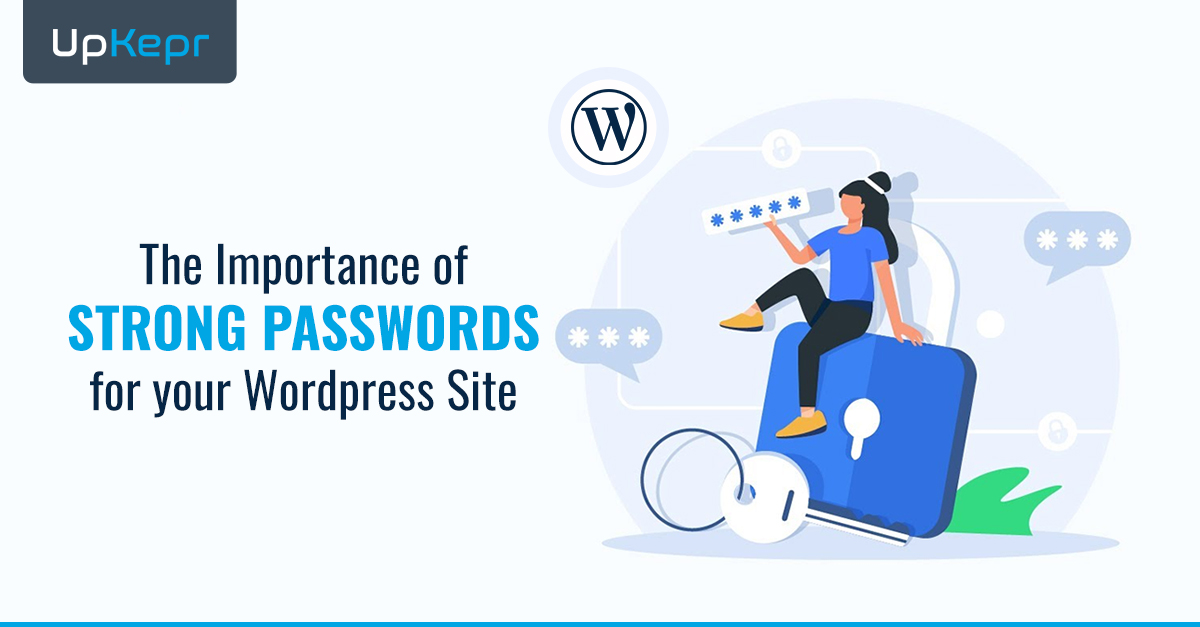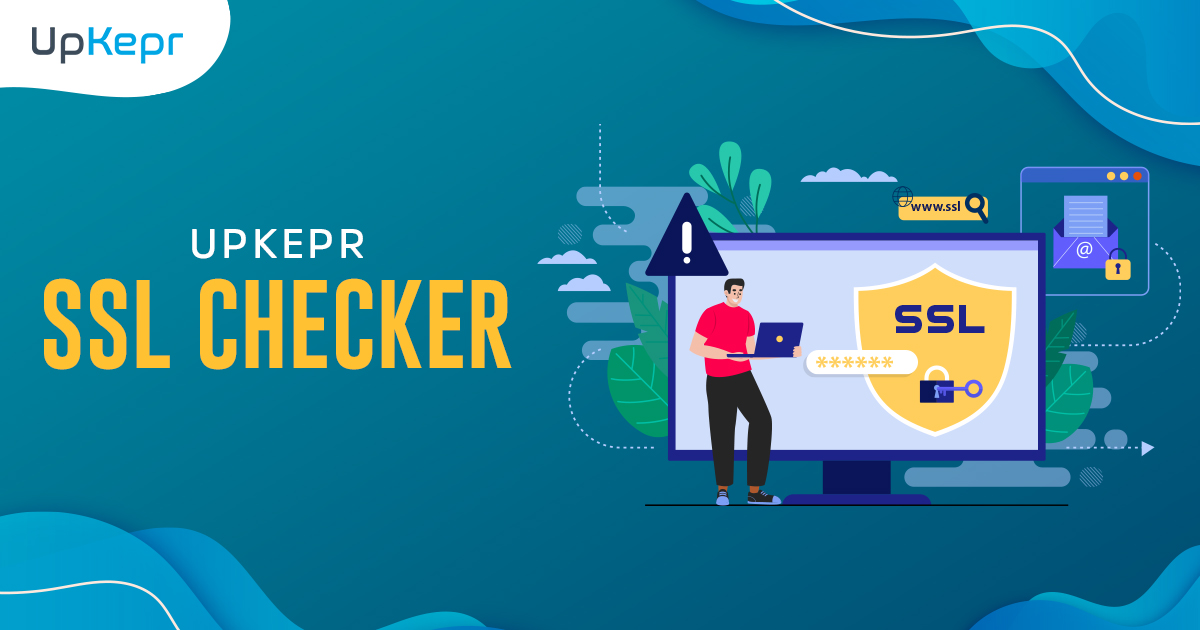PrestaShop is a powerful and flexible e-commerce platform, making it a popular choice for businesses of all sizes. However, as with any online system, it is susceptible to vulnerabilities that could jeopardize your store's security and your customers' sensitive data. Understanding these vulnerabilities and implementing protective measures is essential for running a safe and secure online store. In this blog post, we'll explore the top 10 PrestaShop vulnerabilities and provide practical tips on how to safeguard your online store effectively.
1. Outdated Software Versions
One of the most common vulnerabilities in PrestaShop is running outdated software. PrestaShop, like any other software, is continuously updated to fix bugs, improve performance, and enhance security. If you fail to update your store regularly, you may leave it exposed to known security issues that have already been addressed in newer versions.
How to Protect Your Store:
-
Regular Updates: Make it a habit to check for updates frequently. PrestaShop will notify you of available updates, so take action promptly.
-
Automate Updates: Consider enabling automatic updates if you are comfortable with it. This feature can help ensure that you are always using the latest version.
-
Backup Before Updating: Always back up your store before performing any updates. This way, if anything goes wrong during the update process, you can restore your store to its previous state.
2. Weak Passwords
Weak passwords can be an open invitation for attackers. If your admin or customer accounts use simple, easy-to-guess passwords, they can be easily cracked, leading to unauthorized access to your store and sensitive customer data.
How to Protect Your Store:
-
Strong Password Policy: Implement a policy that requires strong passwords containing a mix of uppercase and lowercase letters, numbers, and special characters.
-
Password Managers: Encourage users to utilize password managers, which can generate and store complex passwords securely, minimizing the risk of using weak passwords.
-
Regular Password Changes: Promote a routine for changing passwords every few months to ensure ongoing security.
3. Unsecured Payment Gateways
Using unsecured payment gateways can expose your customers' financial information to cybercriminals. If your chosen payment gateway does not have proper security measures in place, it could be targeted by hackers seeking sensitive data.
How to Protect Your Store:
-
Choose Reputable Gateways: Always select payment gateways that are well-known and have a solid reputation for security.
-
PCI Compliance: Ensure that your payment process complies with Payment Card Industry Data Security Standards (PCI DSS), which outlines security measures for handling credit card information.
-
Monitor Transactions: Keep an eye on transaction activities and review for any suspicious behavior. Many payment gateways offer tools for tracking transactions effectively.
4. SQL Injection Attacks
SQL injection attacks are among the most dangerous threats faced by online stores. Attackers can manipulate SQL queries to gain unauthorized access to your database, potentially exposing sensitive customer information, including personal details and payment information.
How to Protect Your Store:
-
Regular Vulnerability Scanning: Utilize PrestaShop vulnerability scanner to regularly check for SQL injection vulnerabilities in your store. These tools can help identify weaknesses in your code and configuration, allowing you to take corrective action before an attack occurs.
-
Input Validation: Implement strict input validation to ensure that user input is sanitized and validated. This practice can prevent malicious data from being processed by your SQL queries.
-
Prepared Statements: Use prepared statements in your SQL queries to separate SQL logic from data. This technique helps mitigate the risk of SQL injection attacks.
5. Cross-Site Scripting (XSS)
Cross-site scripting (XSS) vulnerabilities allow attackers to inject malicious scripts into web pages viewed by other users. These scripts can steal session cookies, redirect users to malicious sites, or deface your store.
How to Protect Your Store:
-
PrestaShop Scanner: Regularly use a PrestaShop scanner like UpKepr to identify and address XSS vulnerabilities. These tools can help you detect issues before they become critical.
-
Input Filtering: Implement input filtering to prevent users from submitting harmful scripts. All user input should be validated and sanitized.
-
Content Security Policy (CSP): Utilize a CSP to restrict where scripts can be loaded from, significantly reducing the risk of XSS attacks.
6. File Inclusion Vulnerabilities
File inclusion vulnerabilities occur when attackers exploit a website's ability to include files, leading to remote code execution. This allows hackers to upload malicious files or gain unauthorized access to your server.
How to Protect Your Store:
-
Restrict File Uploads: Limit file uploads to specific file types (like images and documents) and implement size restrictions to minimize risks.
-
Use a Vulnerability Scanner: Regularly run PrestaShop vulnerability scanner online to identify potential file inclusion issues. This proactive approach can help you address vulnerabilities before they are exploited.
-
Avoid Direct User Input in File Paths: Ensure that user input is not directly used in file paths to prevent attackers from including arbitrary files.
7. Lack of HTTPS
Not using HTTPS can leave your store vulnerable to man-in-the-middle attacks, where attackers intercept data transmitted between your customers and your website. This can lead to serious data breaches and loss of customer trust.
How to Protect Your Store:
-
Install SSL Certificates: Always install an SSL certificate to encrypt the data transmitted between your server and users. This ensures that all sensitive information remains secure.
-
Redirect HTTP Traffic: Set up your server to redirect all HTTP traffic to HTTPS, ensuring a secure connection for all users.
-
Regular SSL Checks: Regularly check the status of your SSL certificate to ensure it is active and valid. Expired certificates can leave your site vulnerable.
8. Insecure Themes and Modules
Using insecure or outdated themes and modules can introduce vulnerabilities to your PrestaShop store. Many vulnerabilities stem from third-party components that may not receive regular updates or have security issues.
How to Protect Your Store:
-
Source Verification: Only install themes and modules from reputable sources, and review user feedback and ratings before installation.
-
Regular Updates: Regularly update all themes and modules to their latest versions. Many updates include security patches that address vulnerabilities.
-
Periodic Reviews: Conduct periodic reviews of your installed themes and modules to assess their security and functionality.
9. Insufficient Access Controls
Poor access control measures can lead to unauthorized users gaining access to sensitive areas of your store, such as the admin panel or customer data.
How to Protect Your Store:
-
Role-Based Access Controls: Implement role-based access controls that allow users to access only the information and features necessary for their roles.
-
User Account Reviews: Regularly review user accounts and permissions to ensure that only authorized personnel have access to critical areas of your store.
-
Enable Two-Factor Authentication (2FA): Implement 2FA for admin accounts to add an extra layer of security, requiring users to provide a second form of identification.
10. Failure to Monitor for Vulnerabilities
Without continuous monitoring for vulnerabilities, your store may remain exposed to threats. Cybercriminals are always looking for weaknesses to exploit, and failing to monitor your store can lead to significant risks.
How to Protect Your Store:
-
Utilize Vulnerability Scanners: Use PrestaShop vulnerability scanner to regularly check for known vulnerabilities in your store. These tools can help you identify weaknesses that need addressing.
-
Set Up Alerts: Implement alert systems to notify you of any suspicious activity on your site. This could include unauthorized login attempts or sudden changes in traffic.
-
Stay Informed: Keep an eye on security news related to PrestaShop and the e-commerce industry. Be proactive in addressing any vulnerabilities that are discovered in the software.
Conclusion
Securing your PrestaShop store is vital for protecting your business and your customers. By understanding the top vulnerabilities and implementing protective measures, you can significantly reduce the risk of cyberattacks and data breaches. Regularly using UpKepr PrestaShop vulnerability scanner, keeping your software updated, and educating your team about security best practices are crucial steps in maintaining a secure online store.
In today’s digital landscape, being proactive about security is not just an option; it’s a necessity. Protecting your store not only secures your customers’ data but also enhances your brand’s reputation and fosters customer loyalty. By taking these steps, you can safeguard your PrestaShop store against potential threats and focus on growing your business with confidence.




























































































 Sign Up with Google – Free
Sign Up with Google – Free Sign Up with Github – Free
Sign Up with Github – Free